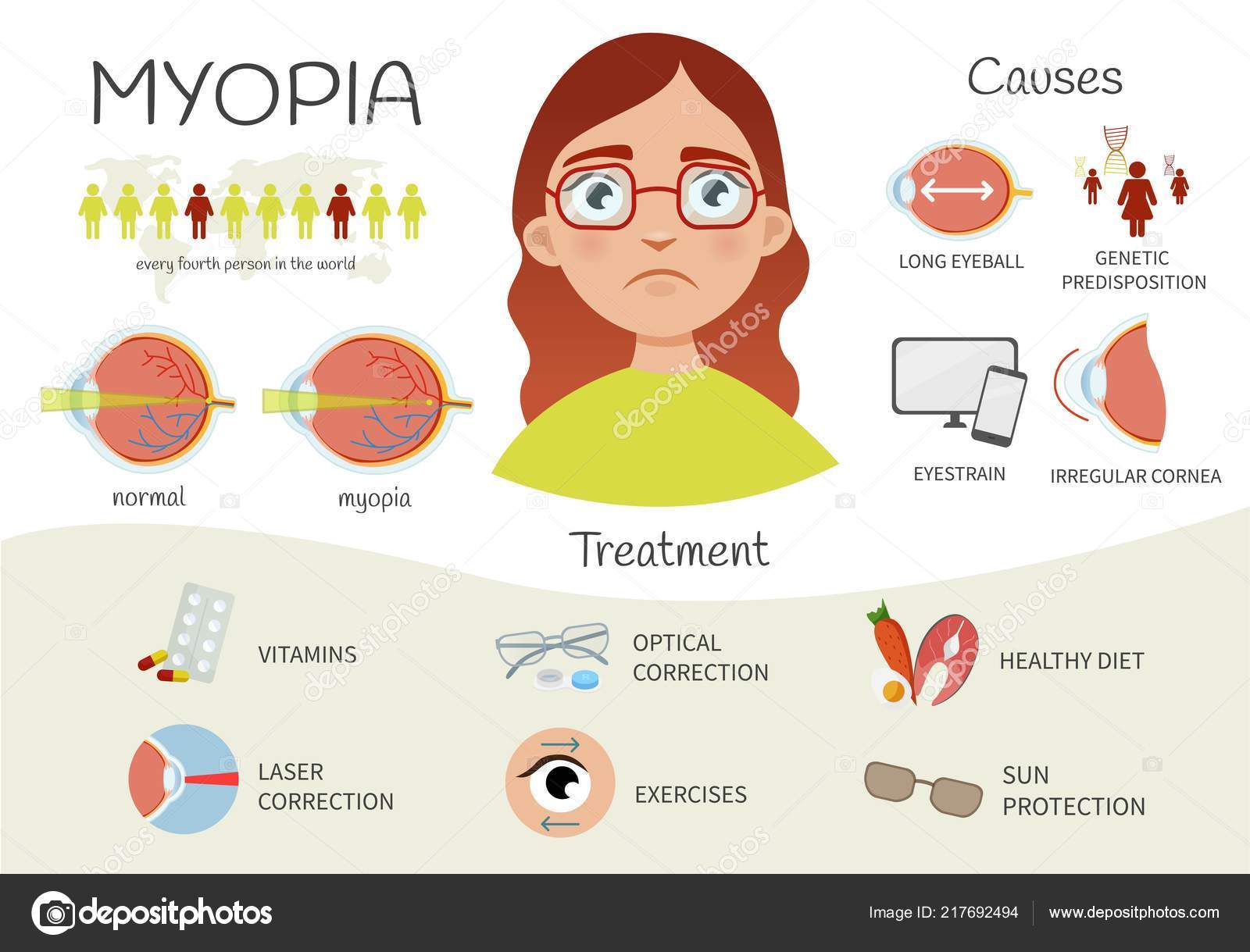As a cataract doctor, your day begins with a detailed eye assessment, where you assess people' vision and lens clarity. You understand how critical it is to identify cataracts accurately. Once detected, you prepare for surgery, guaranteeing every detail is made up. But https://www.dovepress.com/the-role-of-corneal-biomechanics-in-the-assessment-of-ectasia-suscepti-peer-reviewed-fulltext-article-OPTH does not end there. The actual trip unfolds in the operating room, where accuracy is essential. What happens following could define a person's aesthetic future.
The Diagnostic Process: Identifying Cataracts
When it comes to identifying cataracts, quality is key. You'll begin with an extensive eye assessment, where you'll analyze visual acuity and check for any kind of signs of cloudiness in the lens.
Throughout this procedure, you'll use specific tools, such as a slit lamp, to obtain a comprehensive sight of the eye's framework. You'll additionally execute a dilated eye exam to assess the lens and retina more thoroughly.
Gathering your client's medical history is vital, as it aids identify danger factors like age, diabetic issues, or previous eye injuries.
After analyzing the results, you'll establish the visibility and severity of cataracts. This meticulous approach ensures you offer the most effective recommendations for treatment, setting the stage for the next steps in their care.
The Surgery: Precision at work
After identifying cataracts and reviewing treatment alternatives, you plan for the surgical procedure, where accuracy is vital.
You get in the operating room, wearing clean and sterile handwear covers and a mask. The person rests comfortably under intense lights, all set for the change.
You begin by administering neighborhood anesthetic, guaranteeing they feel no pain. With cataract surgery complications in elderly , you make a tiny incision in the cornea, making use of advanced methods to get rid of the over cast lens.
You carefully place the synthetic intraocular lens, straightening it perfectly for ideal vision. Throughout the procedure, you monitor vitals and adjust as required, maintaining concentrate on the task.
In just LASIK Eye Surgery Prices , you'll have restored your client's view, a pleasing result for both of you.
Post-Operative Treatment: Ensuring Optimum Healing
As soon as the surgical treatment is total, your duty changes to making certain the person's smooth recovery.
You'll start by giving clear post-operative guidelines, stressing the value of putting on the eye shield and taking recommended medicines. Remind them to stay clear of rubbing their eyes and engaging in difficult tasks.
Schedule a follow-up appointment within a few days to monitor healing and resolve any worries. Motivate clients to report any indicators of infection, such as raised redness or discharge.
Additionally, talk about the significance of using fabricated rips to minimize dryness. Support their psychological well-being by comforting them that visual renovations may require time.
Final thought
In a cataract specialist's day, you witness the trip from diagnosis to healing. You see the precision in surgical treatment and the care taken post-operation to guarantee your optimum recovery. With this experience, you acquire clarity not simply in vision, however in understanding the entire procedure. The trust established in between you and your doctor is crucial, paving the way for a smoother recuperation. With the ideal support, you're on your way to enjoying a brighter, clearer globe.
